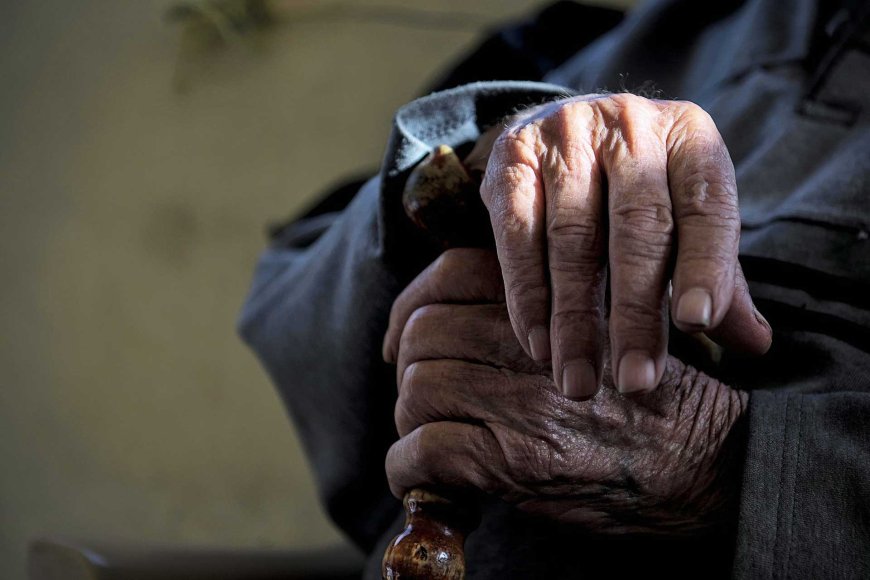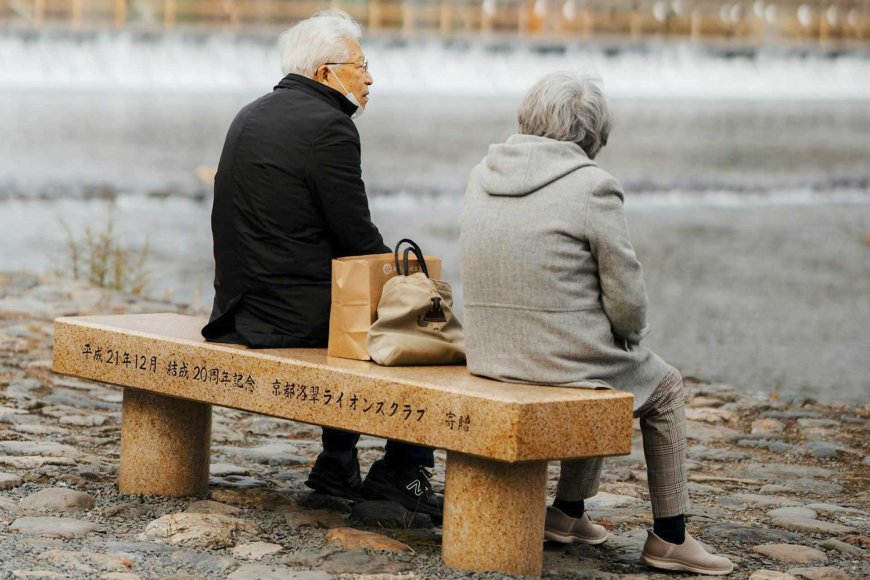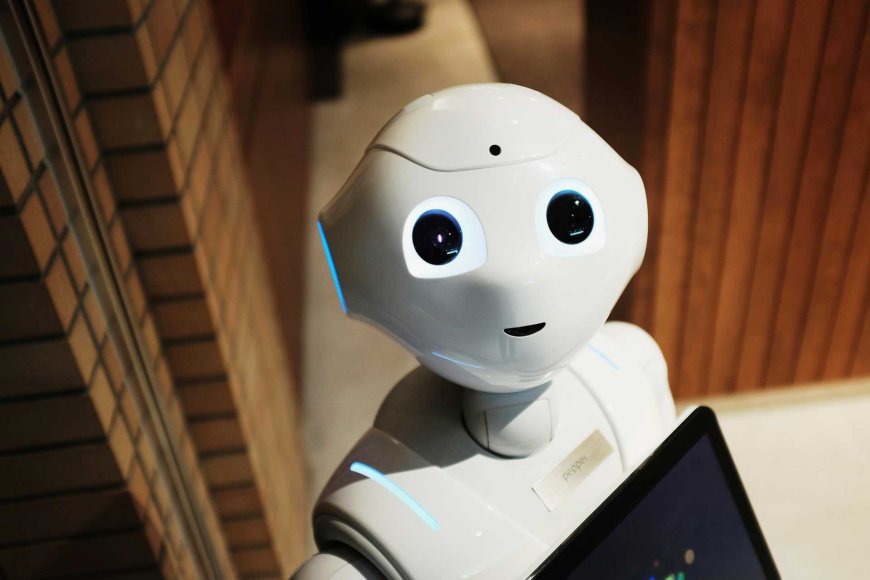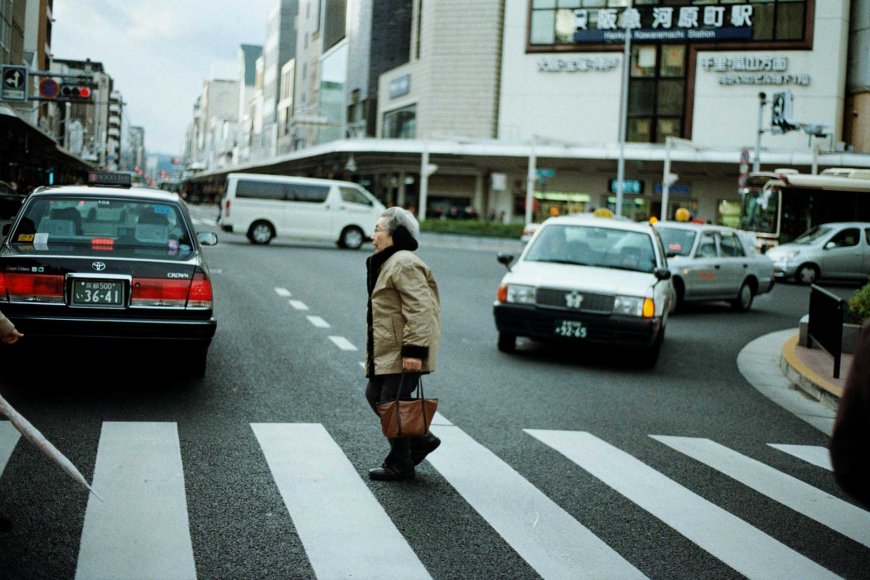Japan's Aging Society: Challenges and Innovations
Japan is facing the challenges of an aging society, with over 30% of its population aged 65 or older in 2025. This demographic shift is prompting innovative solutions, from advanced healthcare technologies to policy reforms, to ensure a sustainable future for Japan’s elderly population.

Japan’s Aging Crisis
Japan has long been at the forefront of global discussions on aging societies. With one of the world’s highest life expectancies and a rapidly declining birthrate, Japan faces unique challenges. In 2025, the demographic trends have intensified, necessitating innovative solutions to address the needs of an aging population.

The Demographic Shift: Understanding Japan’s Aging Society
Japan’s aging population has been a concern for decades. As of 2025, over 30% of the population is aged 65 or older, with projections indicating further increases. This demographic shift stems from a combination of factors:
- High Life Expectancy: Advances in healthcare and a healthy lifestyle contribute to Japanese citizens living longer.
- Low Birthrate: Economic pressures, changing social norms, and career priorities have led to fewer births, exacerbating the imbalance.
The shrinking working-age population places strain on the economy, healthcare systems, and social welfare, creating a pressing need for solutions.

Economic Challenges: Coping with a Shrinking Workforce
Japan’s labor force is dwindling, which affects productivity and economic growth. Key challenges include:
- Labor Shortages: Industries such as construction, manufacturing, and healthcare struggle to find workers.
- Increased Pension Burden: With fewer workers contributing to the pension system, sustaining benefits for retirees becomes difficult.
- Rising Healthcare Costs: The elderly require more medical care, straining government budgets and private resources.
Addressing these issues requires innovative thinking, from leveraging technology to reevaluating immigration policies.

Innovations in Healthcare: Addressing the Needs of the Elderly
Healthcare is a critical area of focus in managing an aging society. Japan has pioneered several innovations to improve elderly care:
AI and Robotics in Elderly Care
Robots such as PARO, a therapeutic robot seal, and humanoid robots like Pepper are used to provide companionship and support to seniors. These technologies help mitigate loneliness and assist in daily tasks.
Telemedicine and Remote Monitoring
Telemedicine has expanded significantly in 2025, allowing seniors to consult doctors remotely. Wearable devices monitor vital signs, enabling early detection of health issues and reducing hospital visits.
Community-Based Healthcare
Local governments and non-profits work together to establish community centers where seniors can access healthcare, socialize, and participate in wellness programs.

Technological Innovations: Empowering an Aging Population
Beyond healthcare, technology is transforming how seniors live, work, and interact in society:
Smart Homes for Independent Living
Smart home technology, equipped with sensors and voice-activated systems, allows elderly residents to live independently while ensuring their safety. These homes can alert caregivers or family members in case of emergencies.
Digital Literacy Programs
To reduce the digital divide, governments and organizations provide training programs for seniors to navigate smartphones, online services, and social media. This empowers them to stay connected and access essential services.
Mobility Solutions
Autonomous vehicles and improved public transport systems cater to seniors, ensuring they remain mobile and active members of society.

Policy Reforms: Supporting a Balanced Society
The Japanese government has implemented policies to address the aging population:
Encouraging Workforce Participation
Policies encouraging seniors to remain in the workforce have gained traction. Flexible working hours, part-time roles, and age-friendly workplaces help retain their expertise and reduce economic strain.
Family Support Initiatives
Support systems for caregivers, such as subsidies and respite care programs, aim to ease the burden on families caring for elderly relatives.
Immigration Policies
While traditionally cautious about immigration, Japan has gradually opened its doors to skilled foreign workers, particularly in healthcare and caregiving sectors.

Cultural Shifts: Changing Perceptions of Aging
Japan is also addressing the societal perspective on aging:
- Intergenerational Programs: Schools and community centers host activities that bring together different generations, fostering understanding and collaboration.
- Promoting Active Aging: Campaigns emphasize the potential of older adults to contribute to society, encouraging active lifestyles and lifelong learning.

A Path Forward
Japan’s aging society presents profound challenges, but it also drives innovation and transformation. Through technology, policy reforms, and cultural shifts, Japan is creating a model for other nations facing similar demographic trends. While the road ahead remains complex, the solutions emerging in 2025 showcase resilience and adaptability, offering hope for a sustainable future.
By addressing these issues with creativity and determination, Japan demonstrates that an aging society, while challenging, can also be an opportunity for growth and redefinition.
Nipino.com is committed to providing you with accurate and genuine content. Let us know your opinion by clicking HERE.






























































